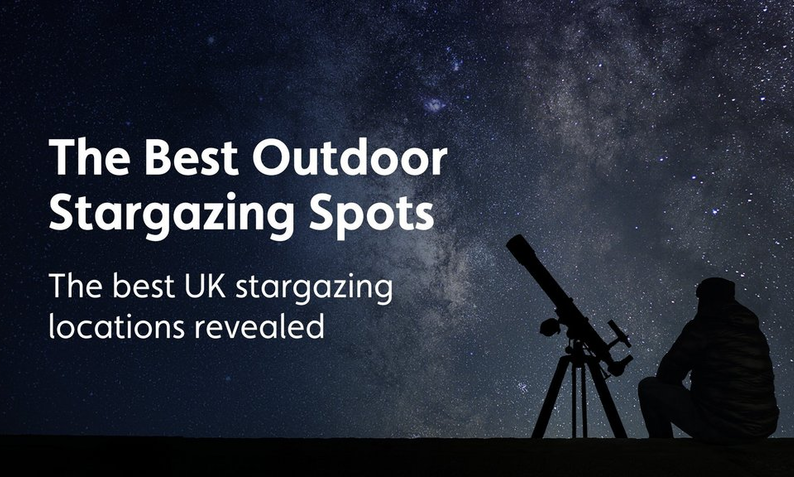Do you have kids whose eyes light up at the mere mention of dinosaurs? Then a fossil hunting adventure at the Jurassic Coast is bound to be the highlight of their year! The Jurassic Coast is like a portal to the past; it's a place that allows curious minds to explore the mysteries of Earth's ancient past and uncover fossils that have been waiting millions of years to tell their stories.
With an astonishing 185 million years of history located within its rocks, this coastline is a treasure trove of prehistoric wonders. So, if you're looking for a family activity that's both fun and educational then join us as we dig into the world of fossil hunting at the Jurassic Coast.
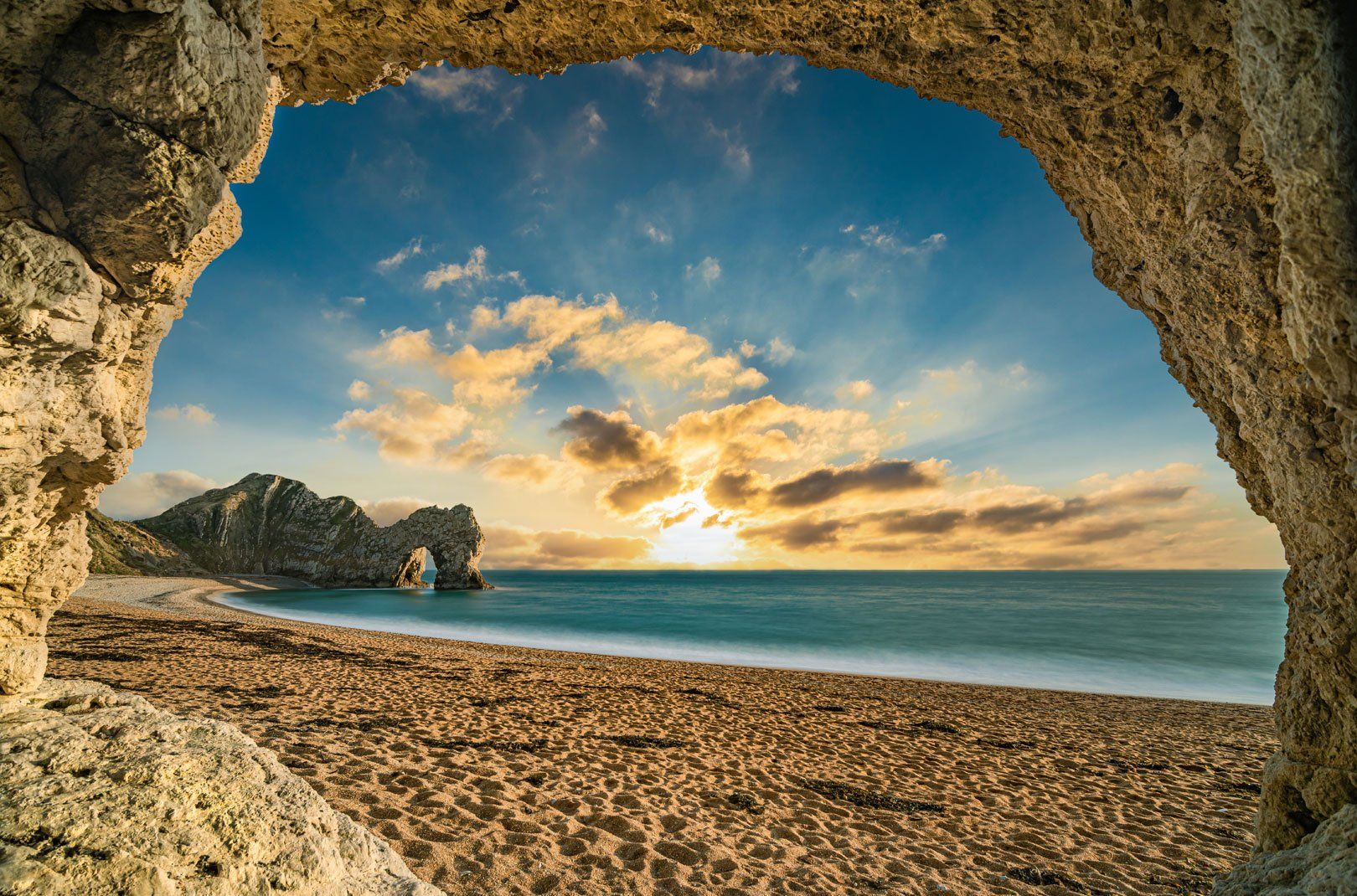
Jump to a Topic
What Are Fossils and What Is Fossil Hunting?
Fossils are the preserved remains of plants and animals that lived long before we did. A fossil is formed when a plant or animal becomes buried in sediment over a long time, gradually turning into rock and leaving behind a preserved record of its shape.
Fossil hunting is all about searching for these ancient remains. Ancient creatures, such as the giant woolly mammoth and the ferocious T-Rex, have left their marks on rocks all over the planet. Studying fossils lets us see how animals and plants changed over many, many years. They serve as valuable clues that scientists use to solve the puzzle of life on our planet.
Fossil hunting is a chance to travel back in time, uncover mysteries and imagine the incredible world that once was. It's a fun activity for the whole family and it'll spark your little one's imagination as they discover the incredible creatures that once roamed the earth.
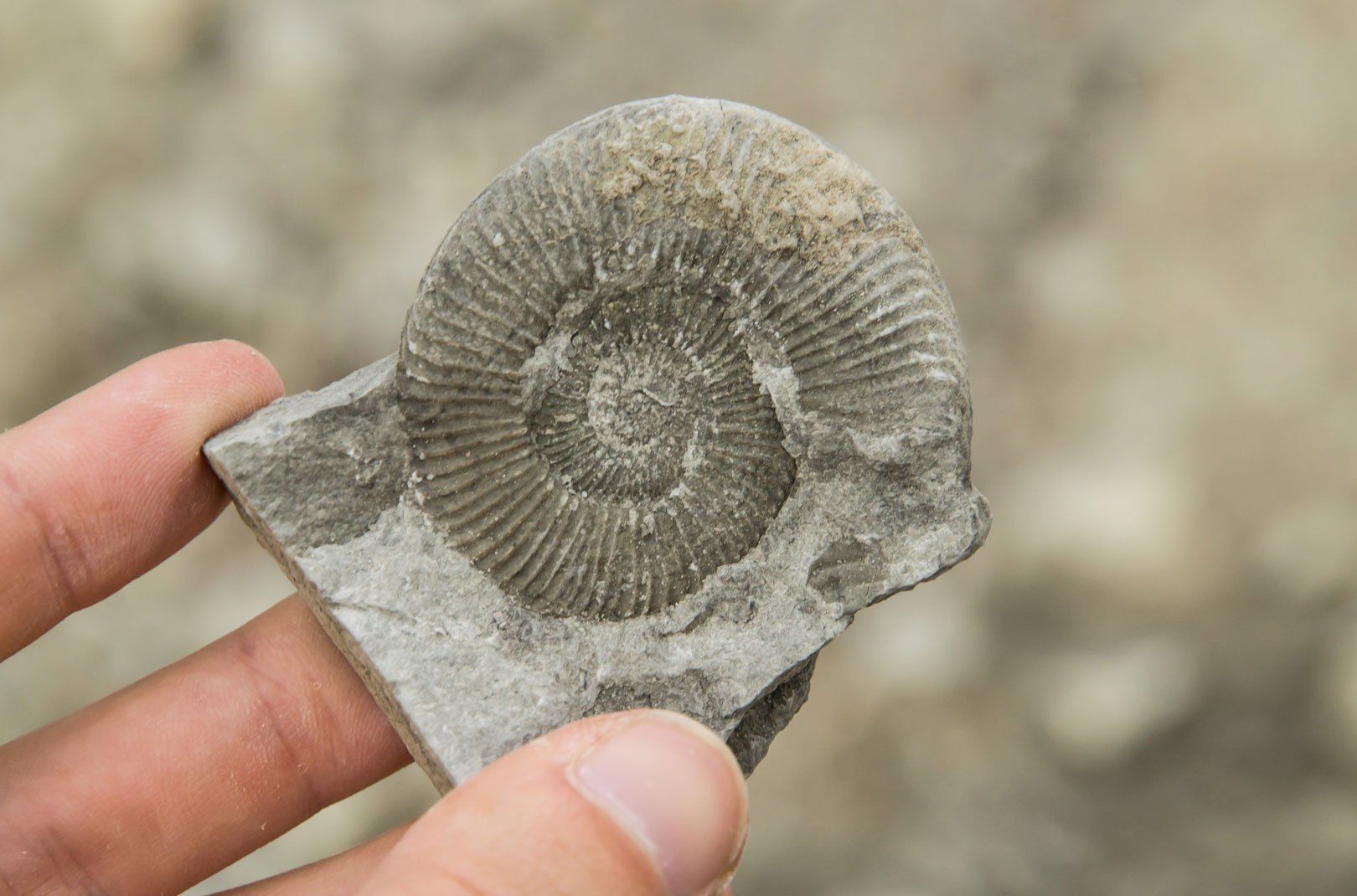
What Is the Jurassic Coast?
Located in Southern England along the English Channel, the Jurassic Coast is a stunning stretch of coastline that spans around 95 miles from Exmouth in East Devon to Studland Bay in Dorset. It's one of the most popular destinations in Britain thanks to its rich geological history and beautiful views.
Since 2001, it has been recognised as a UNESCO World Heritage Site for its outstanding rock formations, dramatic cliffs and ancient fossils that provide insights into Earth's history over 185 million years. The Jurassic Coast is the only place on Earth where you can see rocks from the Triassic, Jurassic and Cretaceous Periods side by side!
It's easy to see why fossil hunting is a popular activity here! If you're planning a day out, you can also enjoy coastal walks, visit a museum and take in the stunning sea views – there's a bunch to enjoy all year round.
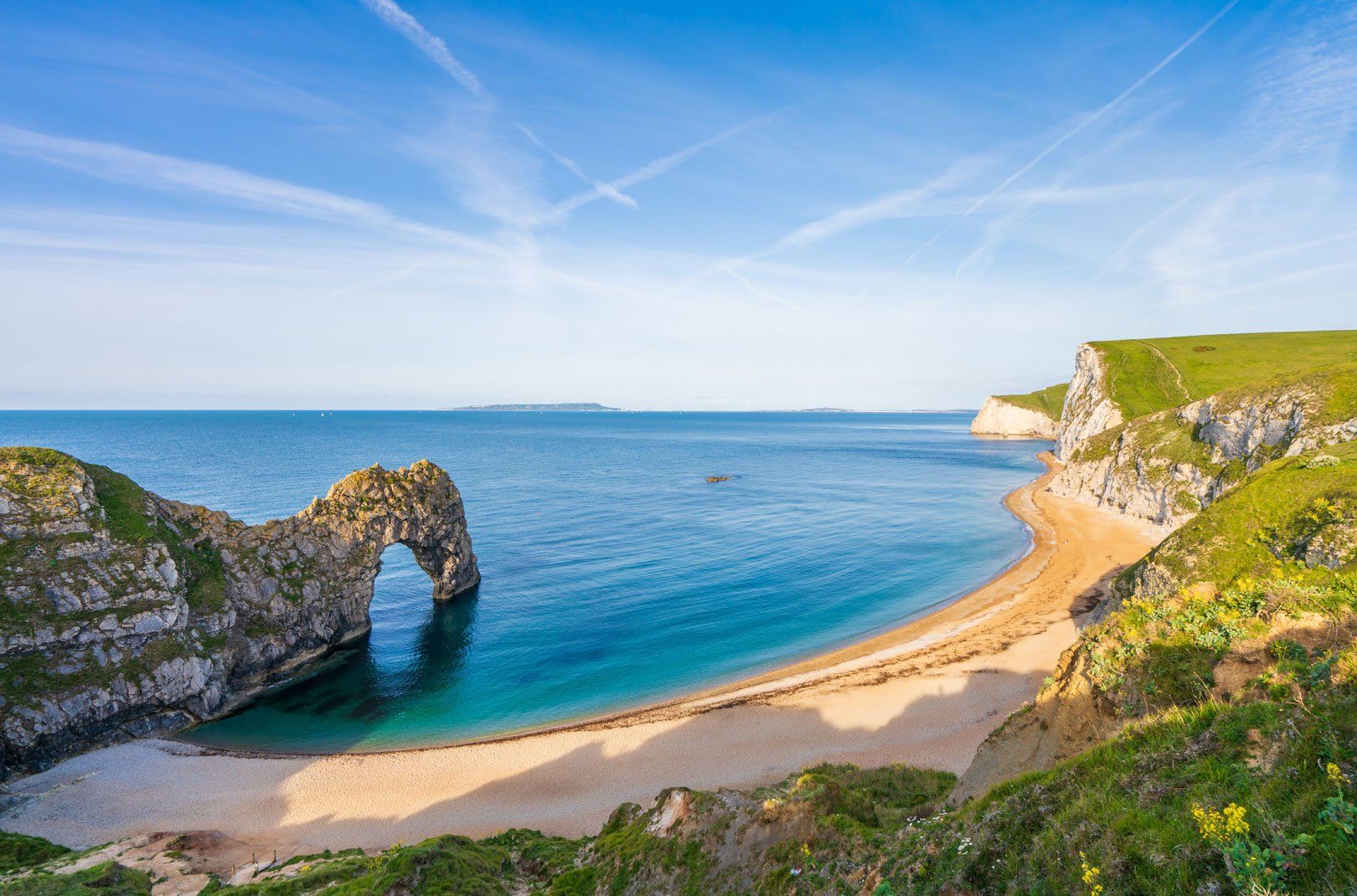
Mary Anning's History of Discoveries
At the heart of the Jurassic Coast is the story of Mary Anning. Born in 1799 in Lyme Regis, Mary is hailed as one of history's greatest fossil hunters to have ever lived.
Mary's remarkable journey began alongside her father as a keen-eyed collector from the young age of five or six. Her legacy ignited at 12 when she and her brother unearthed the first complete Ichthyosaur skeleton. A further 12 years later, Mary achieved yet another feat, discovering a complete Plesiosaur! These breakthroughs marked significant geological milestones and some of her findings are showcased at London's Natural History Museum.
There's a statue of Mary, with her dog Tray, commemorating her life and amazing discoveries on Gun Cliff Walk at Lyme Regis. It makes for an excellent selfie! You can learn more about Mary at the Lyme Regis Museum, located on the very ground where her house and fossil shop used to be.
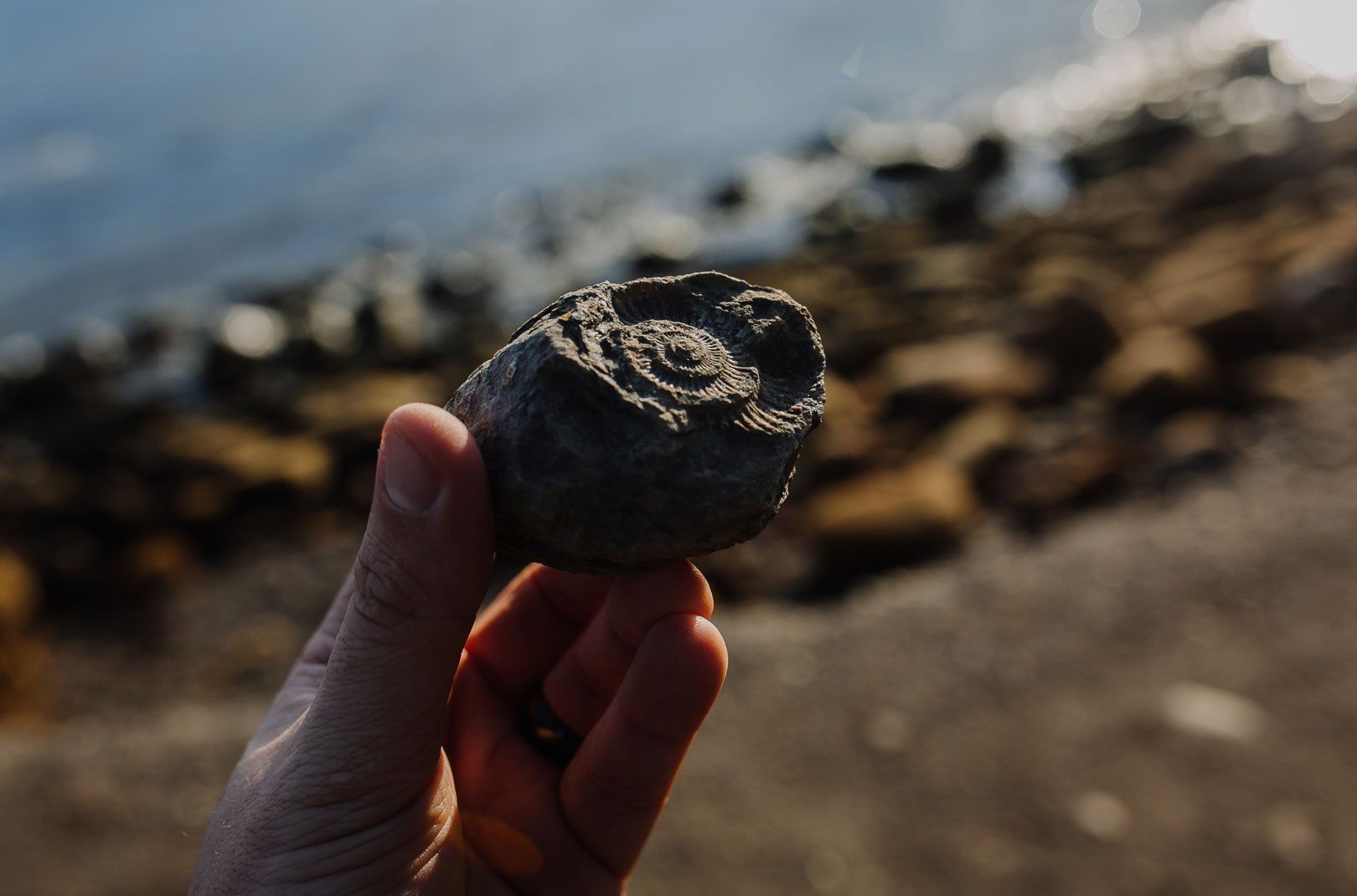
What Equipment Do I Need to Go Fossil Hunting?
Fossil hunting offers both enjoyment and educational value, aligning with the school curriculum for ages five to seven. It makes for a budget-friendly family holiday pursuit and it's a surprisingly simple and engaging adventure that doesn't demand loads of equipment. Simply pack a picnic and get exploring!
Most fossils are hidden amidst the beach pebbles so there's no need for a hammer. If you do decide to bring a hammer, ensure you wear proper eye protection. To keep your newfound treasures secure, pack a small box or bag to transport the fossils you uncover.
Since fossil hunting doesn't involve much moving around, staying warm is key. Bundle up in layers, like a toasty fleece and a trusty waterproof jacket, to combat any coastal chill. Consider baselayers and thermals on even colder days. You'll likely encounter a variety of terrains, so you'll want some sturdy footwear to provide grip on slippery surfaces. Save the flip flops for another beach day!
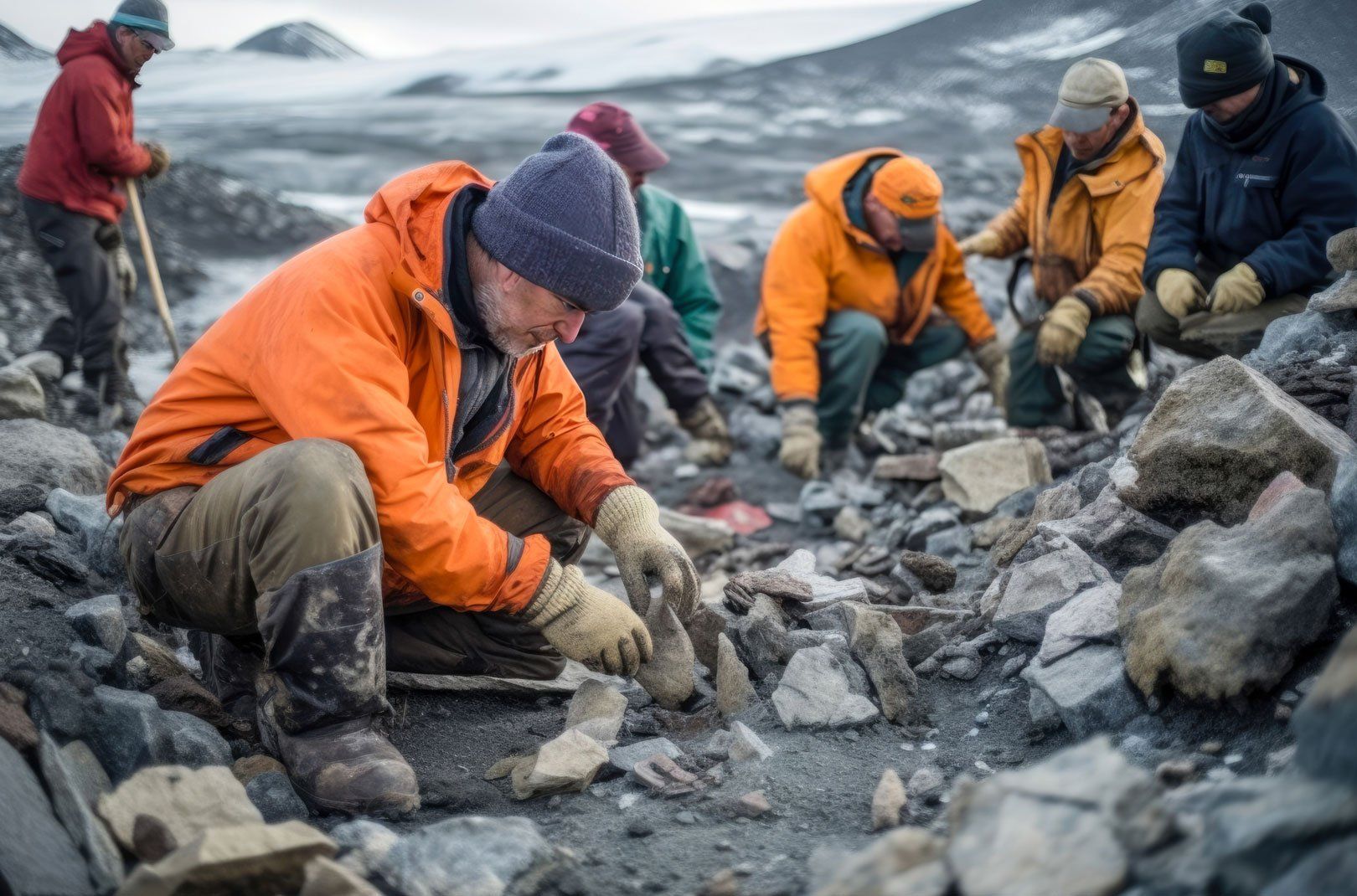
How Do I Find Fossils?
Before you head out, do a bit of homework to familiarise yourself with the types of fossils to look out for. It's surprisingly easy to walk past a fossil without realising it's right under your nose! To get a better idea, check out the top Jurassic Coast fossils you can find. From 'fool's gold' ammonites – remnants of ancient squid-like creatures – to scattered Ichthyosaur vertebrae, the coast offers plenty of fossils to find.
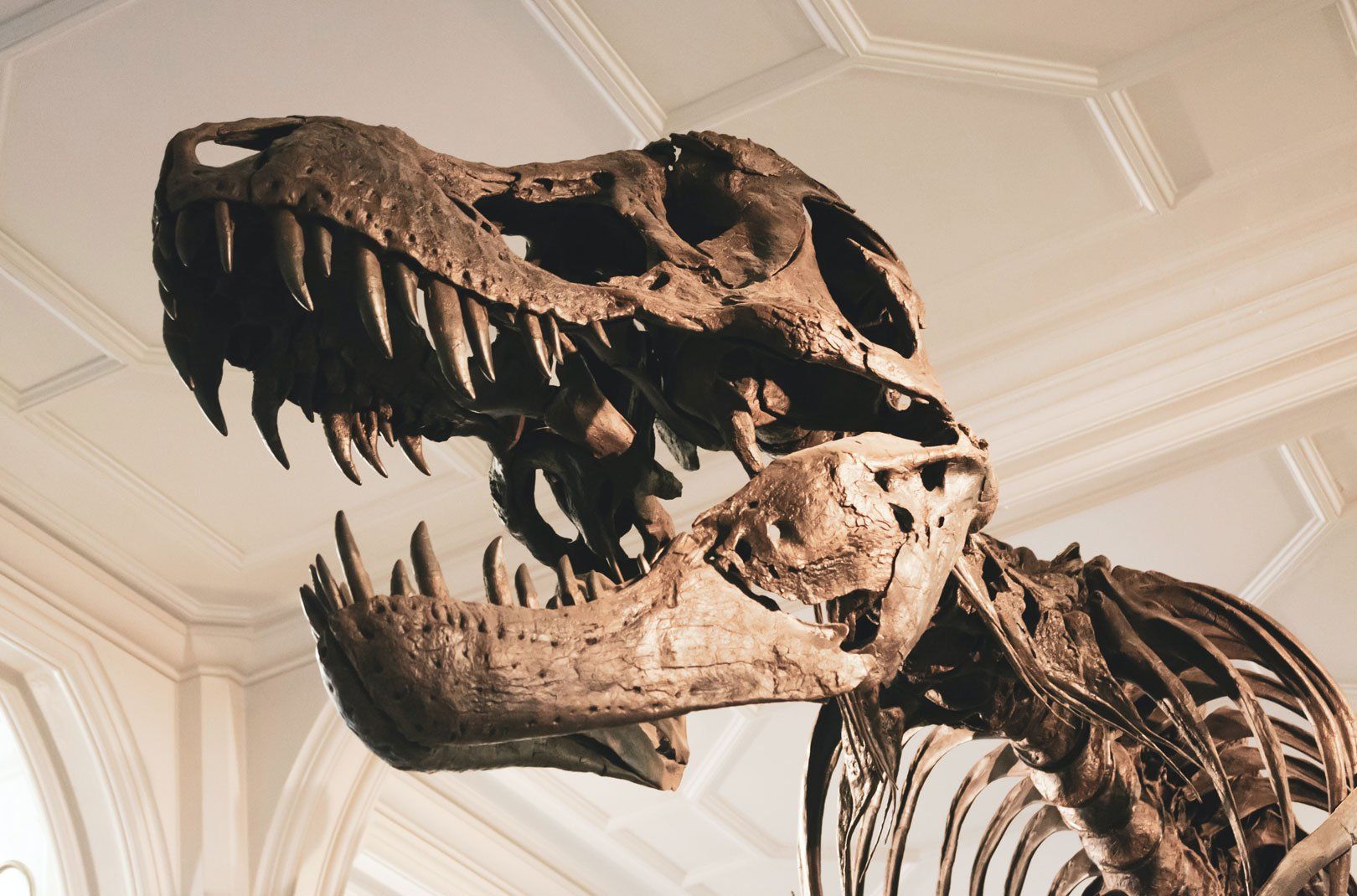
In the UK, it is generally fine for amateur hunters to gather fossils from the shoreline, but the cliff faces are best left to the experts. If you do stumble upon something extraordinary within the cliffs, take a picture and make a note of the location. Reach out to local museums or fossil experts for help.
If this is your first time exploring for fossils, consider signing up for a guided tour with a professional. These experts can provide you with essential tips and tricks to enhance your fossil-finding experience.
Other Fossil Hunting Locations in the UK
Don't worry if the Jurassic Coast seems a bit too distant. The UK is home to plenty of fantastic spots for family fossil hunting getaways.
Below are some of our recommendations for the best fossil hunting locations the UK has to offer:
• North Yorkshire Coast Yorkshire is a gem for fossil hunters. Whitby and Robin Hood's Bay are famous for their ammonites and dinosaur footprints while Staithes has opportunities to find reptile remains.
• Isle of Wight Known as the "Dinosaur Isle," this island offers a variety of fossils, especially along its southern coast.
• Folkestone (Kent) This site is known for its Gault Clay and a great place for discovering fossils such as ammonites and shells.
• Achanarras Quarry (Scotland) Offers an opportunity to find fish fossils in limestone beds.
• Warden Point (Isle of Sheppey) This location on the Isle of Sheppey is known for its rich marine fossils.
• Antrim Coast (Northern Ireland) Offers unique geological formations and potential fossil finds.

Imagine this: you stumble upon your first fossil and hold it in your hands. You're holding onto a piece of history, offering a glimpse into the Earth's past and the creatures that once lived. Fossil hunting is a magical way to connect with the mysteries of our planet and share that excitement with your family.
Looking for more family-friendly activities? Get inspired by our Adventure Finder Guides for more ideas on family days out and ways to get the family outdoors.
